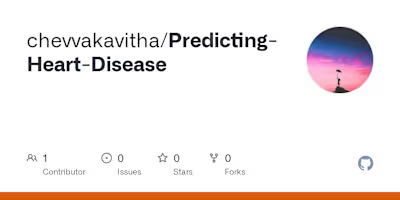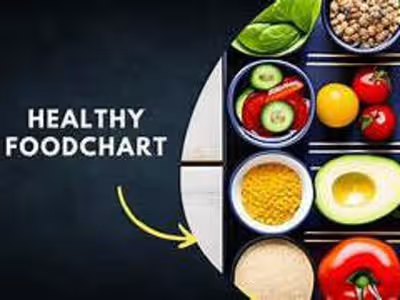chevvakavitha/Zomato-Data-Analysis-Visualization
Zomato Data Analytics Project
Created & Analyzed by: Cheva Kavitha
Table of Contents
Objective
The primary goal of this project is to analyze Zomato's restaurant dataset to derive valuable insights that can be used to make informed decisions for restaurant business growth. The analysis helps in:
Understanding customer preferences and behaviors.
Identifying top-performing restaurants.
Developing a pricing strategy based on customer reviews and ratings.
About the Dataset
The Zomato dataset includes comprehensive data about restaurants, including:
Restaurant Names: Names of various restaurants listed on Zomato.
Locations: Geographical details of the restaurants.
Cuisines: Types of cuisines offered by the restaurants.
Ratings: Customer ratings based on reviews.
Pricing Information: Average cost for dining for two people.
Reviews: Customer feedback and reviews on restaurant experiences.
This dataset is used to identify trends in restaurant performance, customer satisfaction, and pricing.
Data Formatting and Modifications
Before analysis, the dataset underwent several modifications:
Initial Data Loading: The dataset was loaded into Power BI for easier visualization and analysis.
Data Cleaning:
Missing values were handled, such as replacing missing location details with the most frequent value.
Missing restaurant ratings were handled by replacing them with an average rating for similar restaurants.
Normalization: Standardized columns like cuisines and locations to ensure consistency across the data.
Dashboard Overview
The dashboard offers an interactive, visual analysis of the Zomato dataset. The main sections include:
Restaurant Ratings: Insights into top-rated restaurants across various cities.
Customer Preferences: Analysis of customer preferences regarding cuisines, table bookings, and delivery services.
Pricing Strategy: Based on reviews and ratings, a pricing strategy is proposed for different restaurant types.
Dashboard Top Section
The top section of the dashboard includes:
Overview: A brief description of the project objectives and dataset details.
Key Performance Indicators (KPIs): Displays important metrics such as the number of restaurants, average ratings, and the most popular cuisines.
Interactive Filters: Users can filter the data based on location, cuisine type, or price range for a detailed analysis.
Restaurant Demographic Understanding
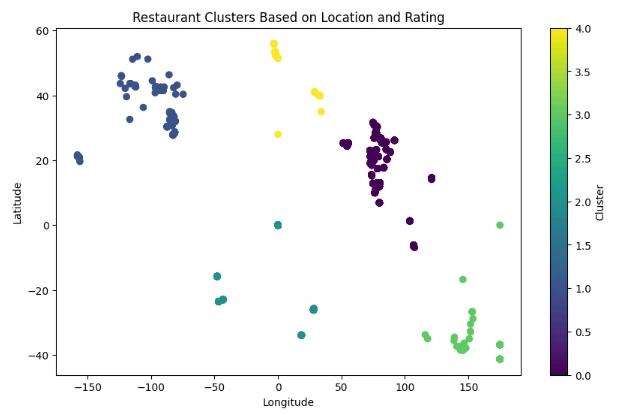
Understanding restaurant demographics helps businesses target the right audience. Insights from this section include:
Location: The majority of top-rated restaurants are located in urban areas.
Cuisines: Certain cuisines such as Italian and Indian are more popular than others in specific locations.
Customer Ratings: Restaurants with higher ratings tend to have more reviews and better customer satisfaction.
Customer Preferences Understanding
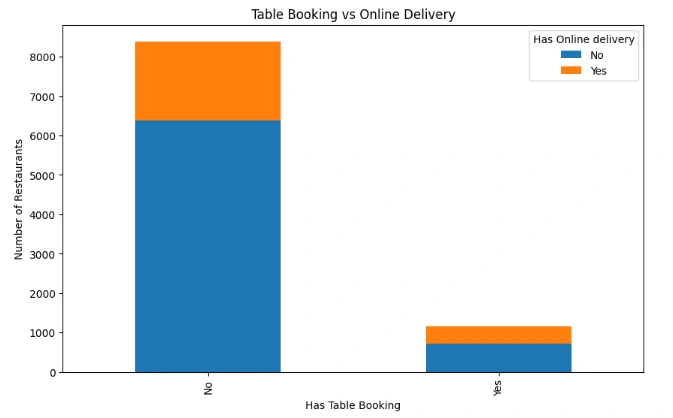
This section focuses on understanding the preferences of restaurant customers:
Cuisine Preferences: Italian, Chinese, and Indian are the most preferred cuisines by customers.
Table Booking: A significant number of customers prefer making reservations before dining.
Online Delivery: Restaurants offering online delivery are gaining popularity, especially in metropolitan cities.
Price Range: Most customers prefer dining in restaurants with a moderate price range.
Recommendation
Q1: What type of customers should restaurants target?
Target Demographics: Focus on customers aged 25-40 who prefer dining out at moderate-priced restaurants offering popular cuisines like Italian and Chinese.
Q2: What types of cuisines should restaurants offer?
Popular Cuisines: Italian, Chinese, and Indian are the top choices, with a growing interest in fusion and healthy options.
Q3: How should restaurants price their menu items?
Pricing Strategy: Restaurants should offer affordable pricing for daily meals, with premium offerings priced higher to attract high-end customers.
Pricing Understanding
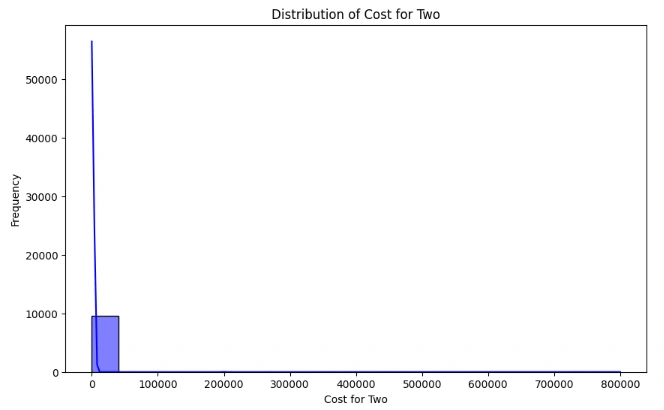
The pricing strategy is essential for aligning restaurant offerings with customer expectations. Key insights include:
Spending Habits: The average customer spends around ₹800-₹1500 for two people in popular restaurants.
Willingness to Pay: Most customers are willing to spend more for higher-quality food and a better dining experience.
Pricing Strategy
Q1: How should restaurants price their menu?
Affordable Menu: For regular customers, the pricing should range from ₹500-₹1000 for two people.
Premium Offerings: Exclusive dishes or higher-quality ingredients can be priced between ₹1200-₹2000.
Delivery Options: Restaurants should adjust delivery pricing to be competitive with other establishments offering online services.
Conclusion
In this data analytics project, we delved deep into Zomato’s restaurant data to uncover meaningful insights that can drive business decisions. By exploring customer preferences, restaurant performance, and pricing strategies, we crafted actionable recommendations for restaurant owners and stakeholders.From identifying the top-rated restaurants to understanding the factors influencing customer choices, every aspect of the analysis has been designed to provide a comprehensive understanding of the restaurant landscape. Whether it's optimizing menu offerings, targeting specific demographics, or adjusting pricing strategies, this analysis paves the way for restaurants to thrive in a competitive market.
The visualizations, key metrics, and insights uncovered in this project not only reveal customer behavior but also provide the tools for restaurant owners to enhance their strategies and improve their bottom line. Ultimately, this project serves as a blueprint for using data to fuel success, elevate dining experiences, and make data-driven decisions that lead to long-term growth.
By combining data science with real-world insights, Zomato is well-positioned to empower restaurant owners with the knowledge they need to excel and expand in an ever-evolving industry.
Like this project
Posted Feb 6, 2025
Contribute to chevvakavitha/Zomato-Data-Analysis-Visualization development by creating an account on GitHub.




